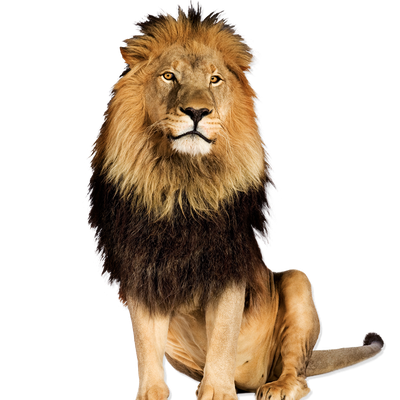Your search returned 2083 results
-
Woollarawarre Bennelong
https://australian.museum/about/history/exhibitions/trailblazers/woollarawarre-bennelong/The first Aboriginal man to visit Europe and return.
-
Linda Beilharz OAM
https://australian.museum/about/history/exhibitions/trailblazers/linda-beilharz-oam/The first Australian woman to ski both the North and South poles.
-
William 'Bill' Bradfield AM
https://australian.museum/about/history/exhibitions/trailblazers/bill-bradfield/An amateur astronomer who discovered 18 new comets.
-
Sir Charles Kingsford Smith
https://australian.museum/about/history/exhibitions/trailblazers/sir-charles-kingsford-smith/Pioneered routes that include the first trans-Australian, trans-Tasman and trans-Pacific flights.
-
Geoffrey Cunningham Papua New Guinea Photographs
https://australian.museum/learn/cultures/pacific-collection/photographic/geoffrey-cunningham-papua-new-guinea-photographs/A collection of 243 photographs taken by Geoffrey Cunningham while working in Papua New Guinea from 1919 to 1924.
-
Amphipoda: Families and Subfamilies
https://australian.museum/learn/animals/crustaceans/amphipoda-families-subfamilies/Amphipods are extremly diverse, abundant and widespread crustaceans. They are found in nearly all marine and freshwater habitats. They are paticularly important as herbivores, detritivores, micropredators and scavengers in marine environments and they are almost always an important componen
-
Fiddling while the Reef dissolves….
https://australian.museum/about/history/people/fiddling-while-the-reef-dissolves/An opinion piece by Australian Museum Director, Frank Howarth A lot has been said lately about the impact of sea level rise on coastal suburbs, and on low lying coral islands, but there is a more insidious threat to coral islands than rising oceans.
-
Decomposition - Body Changes
https://australian.museum/about/history/exhibitions/death-the-last-taboo/decomposition-body-changes/Death begins when the heart stops beating. Deprived of oxygen, a cascade of cellular death commences.
-
Corpse fauna
https://australian.museum/learn/science/decomposition-corpse-fauna/Many kinds of organisms live by feeding on dead bodies. In the process, their activities result in the decomposition of the body and the recycling of nutrients.
-
Burial, cremation or donation
https://australian.museum/about/history/exhibitions/death-the-last-taboo/burial-cremation-or-donation/Bodies can be buried or cremated after death. Some people choose to be buried at sea, while others may donate their bodies to science. Find out the legal and other requirements for these different methods of body disposal.
-
Book now
Machu Picchu and the Golden Empires of Peru
Now open
Tickets on sale![]()
-
Find out more
Tails from the Coasts
Special exhibition
Opening Saturday 10 May![]()
-
Find out more
Wild Planet
Permanent exhibition
Open daily![]()
-
Discover more
Minerals
Permanent exhibition
Open daily![]()





